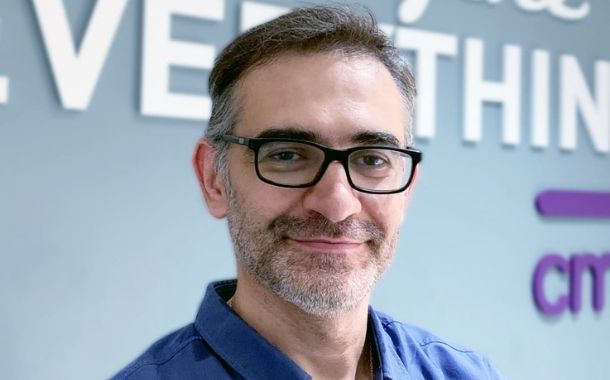Modern healthcare is, as a digitised sector, faced with numerous cybersecurity problems. In addition to potential malware infections, private data leakages, and service attacks, it is also possible for application, configuration, and operating system vulnerabilities to be exploited – with many organisations struggling to operate as they rely on old technology and outdated systems.
For example, research published in early 2020 found 83% of healthcare systems were running on outdated software – leaving potential loopholes for cybersecurity breaches. Moreover, attacks on medical data increased dramatically last year alone.
Modern healthcare is, as a digitised sector, faced with numerous cybersecurity problems.
Over 102 million healthcare records were exposed in 2020 due to data breaches, and medical workers being unfamiliar with security best practices was also highlighted in the 2020 Healthcare Cybersecurity Report, which revealed how 62% of hospital administrators feel inadequately trained to mitigate cyber risks.
For healthcare organisations to achieve success in this direction and meet their cybersecurity objectives, the four steps outlined below will assist them in their efforts and equip staff and their establishment with the vigilance, practicality, and security they require in today’s tech landscape:
#1 Provide comprehensive cybersecurity training for staff: Concerns have already been raised within the industry regarding inadequate cybersecurity training. Therefore, organisations should ensure all personnel are given the training they need to contribute to prevent cyberattacks.
Irrespective of system robustness, it is important to appreciate that system security hinges on internal user competencies. Social engineering attacks, such as phishing and spoofing, continue to increase as they exploit a lack of security practices’ knowledge on the part of system users and training can ensure personnel are aware of various protection measures, capable of applying them, and helping to decrease cyberattack success rates.
Organisations should ensure all personnel are given the training they need to contribute to prevent cyberattacks.
#2 Implement strict authentication measures: There are various effective user authentication techniques that can dispel actions geared towards user credentials theft. For example, One Time Password, OTP, is a token that is valid for one login session only, while multi-factor authentication is another method that verifies user identities by granting system access after a code sent to their devices of choice has been submitted upon request.
These measures have proven to be extremely effective this far, and organisations should follow suit should they not already be a part of preventative cybersecurity procedures.
There are various effective user authentication techniques that can dispel actions geared towards user credentials theft.
#3 Ensure sensitive data is protected and HIPAA certified: Healthcare organisations store sensitive medical data that must be secured and preserved against corruption and theft. The Health Insurance Portability and Accountability Act, HIPAA, sets these standards for sensitive patient data protection, and every organisation responsible for Protected Health Information, PHI, must ensure that their software solutions, infrastructure, and data layers align with HIPAA standards.
Moreover, several techniques can be employed to ensure the protection against data loss, such as frequent data backups and replicating these backups across different data centers located in distinct geographical areas.
#4 Modernise legacy IT systems and implement multiple security controls: As technology evolves rapidly, new tools, concepts, protocols, and programming languages are being created and implemented frequently. Due to such advancements, healthcare system standards continue to change, and it is important to modernise legacy IT systems to benefit from new technologies robustness, integrate advanced security measures and speed the implementation of evolving requirements.
Modernise legacy IT systems and implement multiple security controls.
As such, keeping pace with unfolding changes is essential, and the above measures will position them to combat the adversity of today and lay the foundations for the preventive actions of tomorrow.
For the healthcare community, implementing comprehensive, effective, and practical cybersecurity strategies is a topmost priority.


















